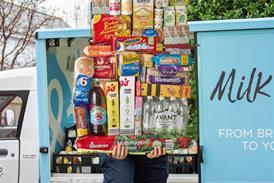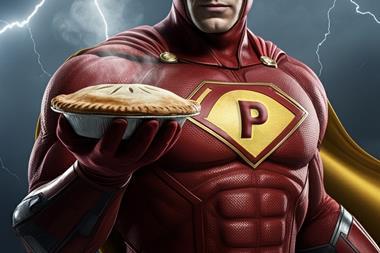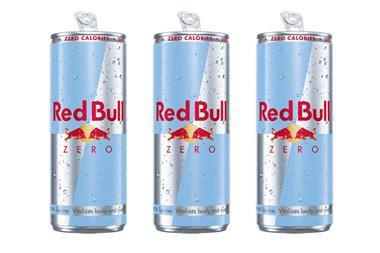Spend on lamb, bacon and sliced ham was more than 10% higher in the four weeks to September 16 than a year earlier, while spend on pork sausage was up nearly 16%, according to the regular TNS survey of 15,000 shoppers.
Year-on-year variations in expenditure during short periods can be influenced by non-economic factors, including the weather and holidays.
Yet even a more conservative assessment based on TNS figures from the beginning of the year suggests retail sales have been perkier than media reports and trade gossip have implied.
Purchase volumes have certainly shrunk, with the only significant exception being ready meals. But spending in many meat categories has easily outpaced inflation.
Supply disruption due in part to foot and mouth would have been expected to squeeze volumes briefly.
However, the expenditure data suggests increases in underlying demand, and not merely price elasticity.
The broad picture is of one of shoppers switching from carcase meat to processed offers, including bacon.
In the carcase pork category the purchasing emphasis has shifted, although almost imperceptibly, away from leg roasts towards cheaper shoulders.
A partial explanation might be the resurgence of demand for lamb, which suppliers certainly cannot claim has been under-promoted by the supermarkets.
Disappointing demand for fresh pork was beginning to cause concern long before foot and mouth. On the other hand, signs of a fundamental shift in favour of lamb, similar to the surprisingly good news in bacon, have become more visible since foot and mouth.
Confusing matters further is discouraging data on penetration.
Fewer than 54% of households purchased beef in the latest four-week period, according to TNS, and the proportion has diminished by more than market share declines of lamb and pork.
{{MEAT }}
Close menu
- Home
- Retail & Wholesale
-
Products & Suppliers
- Back to parent navigation item
- Products & Suppliers
-
Product Categories:
- Back to parent navigation item
- Product Categories:
- Alcoholic drinks
- Bakery
- Cereals & breakfast
- Cheese
- Chicken & poultry
- Chocolate
- Confectionery
- Crisps, nuts & snacks
- Dairy
- Fish
- Fresh produce
- Frozen
- Household
- Meat
- Own Label
- Sauces & condiments
- Seasonal
- Soft drinks
- Vaping
- Vegan & plant-based
- World foods
- Suppliers
- People
- Reports & Data
-
Topics A-Z
- Back to parent navigation item
- Topics A-Z
-
Popular topics:
- Back to parent navigation item
- Popular topics:
- Cost of living crisis
- Crime
- Deposit Return Schemes
- Finance
- Government & Regulation
- Health
- Inflation
- Loyalty
- Marketing
- Mergers & Acquisitions
- New Product Development
- Sourcing
- Supply chain
- Sustainability & environment
- Technology
- Ultra Processed Foods
- Vaping
- A-Z all topics
- Content by type:
- Events
- Subscribe now
Sign in to comment on this article
Not logged in before? Register for FREE guest access today.
You will be able to:
- Read more stories
- Receive daily newsletters
- Comment on stories
Advert


















No comments yet